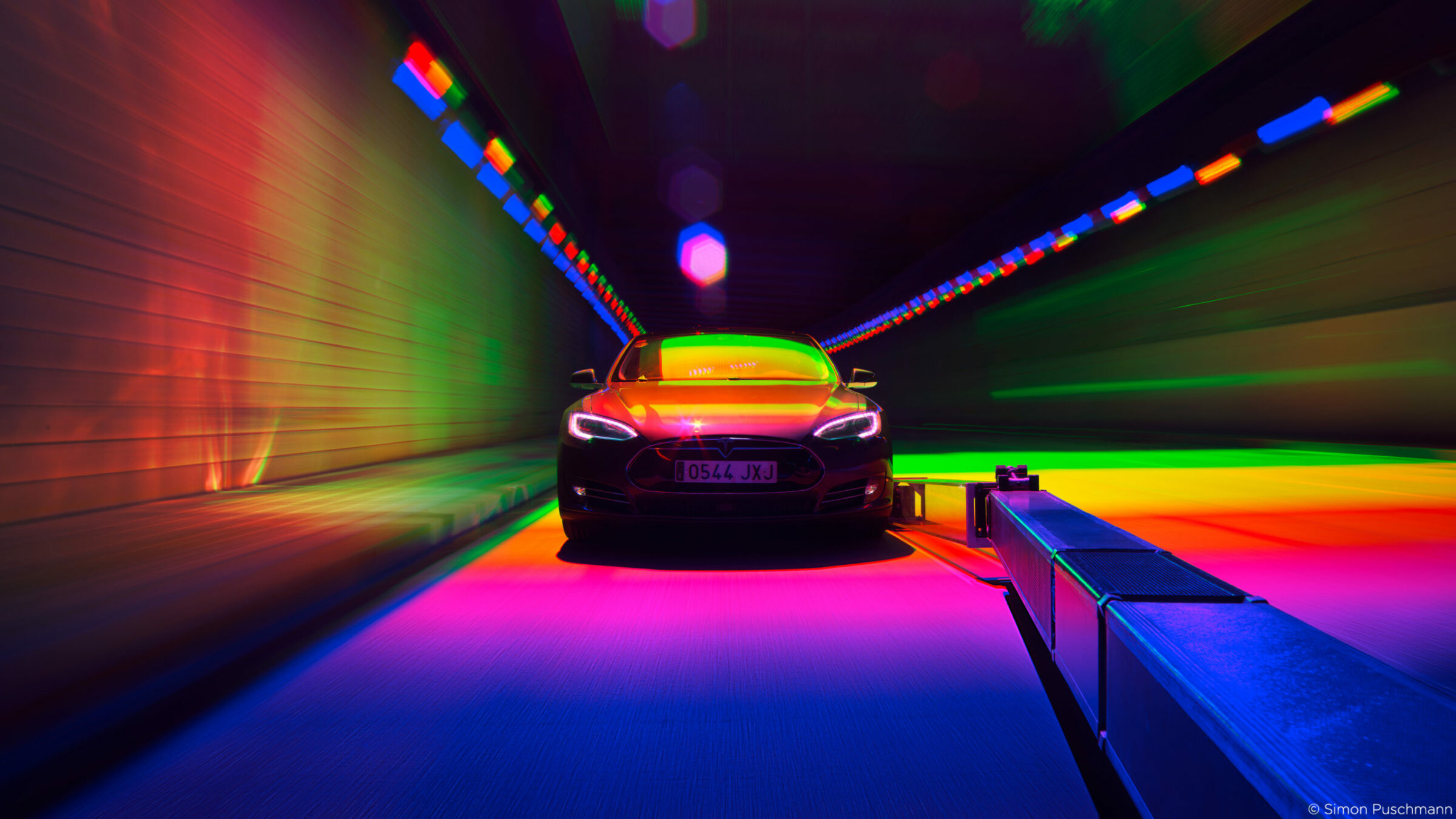Photographer Simon Puschmann doesn’t see a boundary in what his gear and technology can achieve. In his Autochromes series, his experimentation and curiosity help to bring the Autochrome process into digital photography. Read on to learn more about the Autochrome process and Simon’s colorful series shot on an Achromatic camera.
What is Autochrome?
Autochrome is an early color photography process. It was patented in France by the Lumière brothers in 1903, and was brought to the market in 1907. Before subtractive color film was introduced in the mid-1930s, Autochrome was the principal color photography process.
How did the Autochrome process inspire you?
Simon: “I was interested in trying to transfer an old technique into modern digital photography. I just love the art, the craft, the history, and the science behind it all. I simply love it. Old processes, new processes, static or motion – it always had me hooked. I invent. I tinker. I explore. I never rest. I always want to be better. I push myself, I push my craft, and I push the boundaries of my gear and technology. It is in my name – well, almost.
Years ago, when playing with a file in photoshop, I discovered that the RGB channels were showing three different black and white images, but when switched back on together I had my regular color image back. It was really the reverse process that fascinated me.
Would it be possible to shoot three black and white images and filter each one of them red, green and blue, and re-assemble them into a color image? For a long time my main issue was how to shoot black and white digitally. Then Phase One came out with a black and white only digital back. My first thought after I got my hands on it was:
“how can I shoot color with that?”
I was intrigued.”
How did you shoot this series?
Simon: “After I sorted out the filter issue – they had to be super strong filters, stronger than anything easily available – I realised that my new discovery would result in fairly normal images unless at least one of the parameters involved changed during the three exposures. The sun moving, time simply passing, the light changing, the focus moving, or objects in the frame moving – stuff like that made the images super interesting. My next thought was:
“what if everything always moves and nothing is ever in the same spot during the three exposures?”
And this was the internal question that fuelled this series.
I rented a car, asked a friend of mine to model for me, hired a rigger and his rig, and shot the Autochromes project over two days in Barcelona. All images were shot with the Phase One XF IQ3 100MP Achromatic Camera System or Leica Monochrome, using my own trichromatic technique.”
#IOwnTheColors
Simon: “I now feel as if I own the colors. Everything is possible.”

Photographer Stories
Intimacy in focus: Louise’s lens on humanity with Phase One_Part1
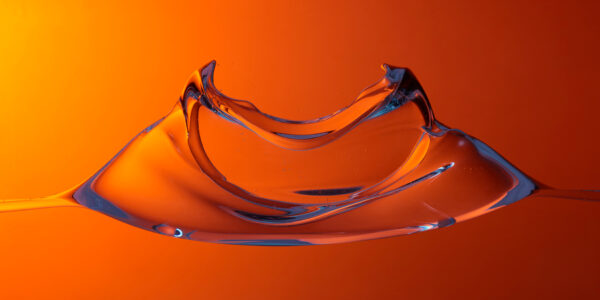
Photographer Stories
Dimitri Newman: Vision is Just the Start
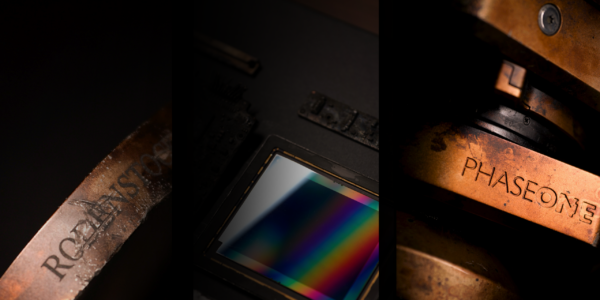
Photographer Stories
Ashes: The Rebirth of a Camera- Hexmalo
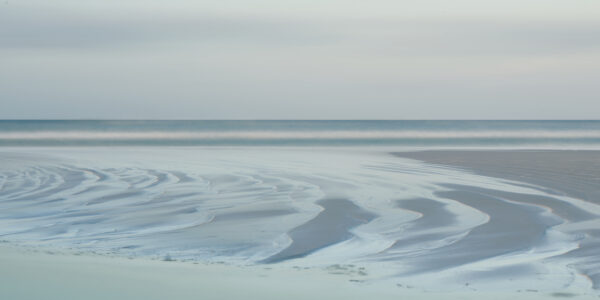
Photographer Stories
Chandler Williams: A Photographer’s Path
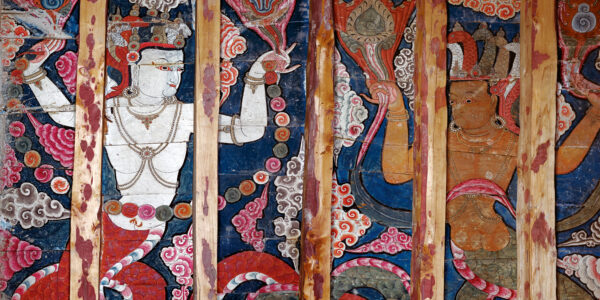
Photographer Stories
TABO- Gods of Light
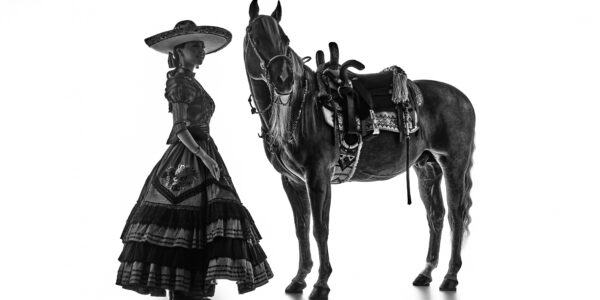
Photographer Stories
Loreto Villarreal – An Evolving Vision
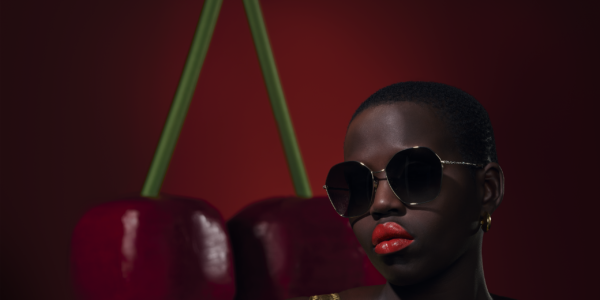
Photographer Stories
Tobias Meier – Storytelling Photography
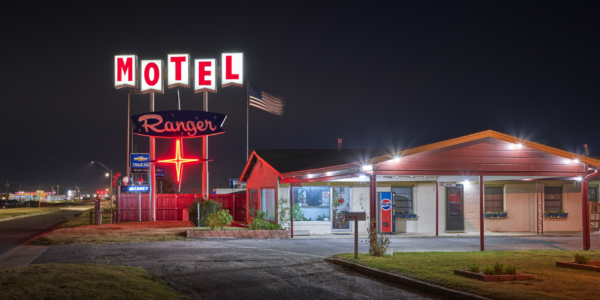
Photographer Stories
Gregory Essayan – Curating Reality
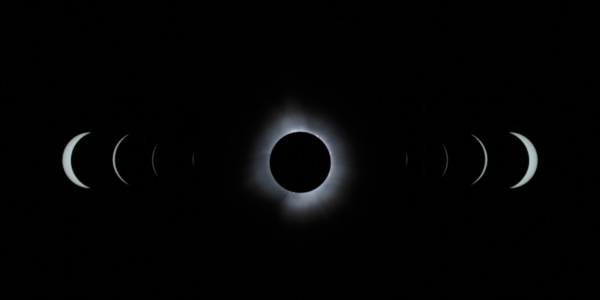
Photographer Stories
Total Solar Eclipse – Matthew C. Ng
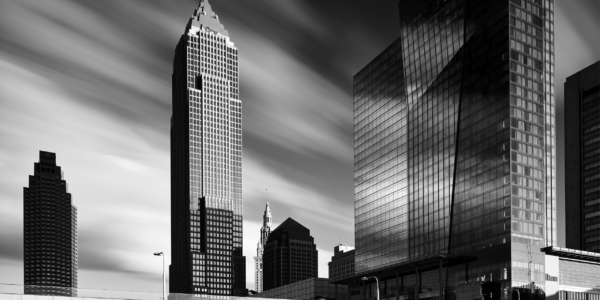
Photographer Stories
Roger Mastroianni – Frame Averaging

Photographer Stories
Matthew Plexman – Bringing portraits to life
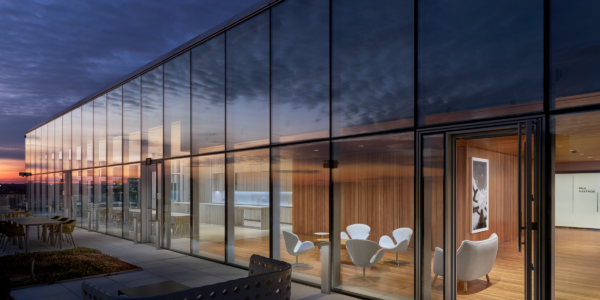
Photographer Stories
Prakash Patel – A Visual Design Story

Photographer Stories
Karen Culp – Food Photography Ideas
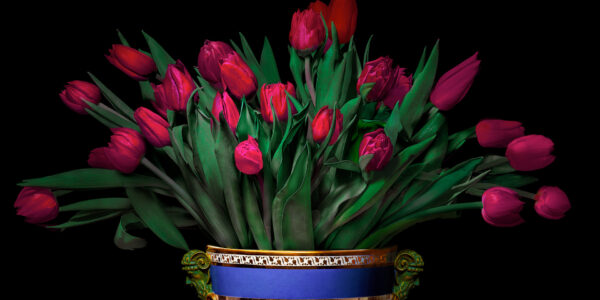
Photographer Stories
T.M. Glass: Flower portraits
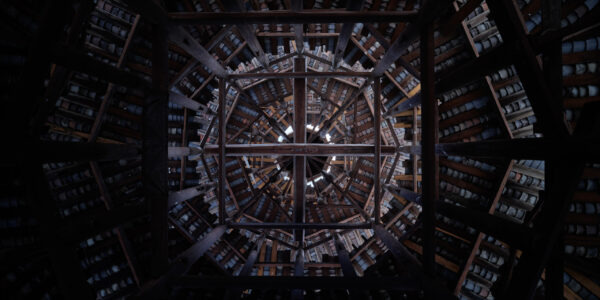
Photographer Stories
Preserving ancient Chinese buildings – Dong Village
